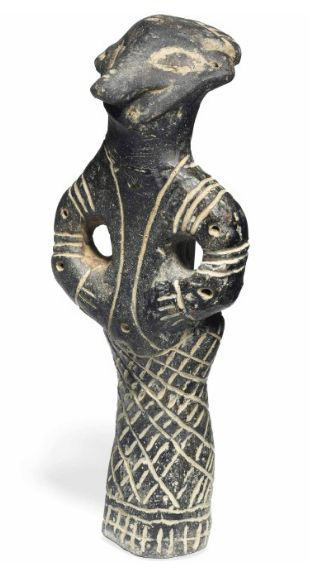
You can read part 1 here.
Much has been written about the last breath, but not much about the first. Recently, I happened to listen to a re-broadcast of an episode of NPR’s Radiolab on “Breath.” It began with an explanation of the ingenious, miraculous first breath in which we transition from water-dwelling beings in the watery womb to air-dwelling beings outside in the world. In the water-dwelling fetus, the lungs have no function. Instead, the fetus gets its oxygen from its mother through the placenta and umbilical cord, the oxygenated blood flowing directly from the right to the left chambers of the heart through a hole — the patent foramen ovale — bypassing the lungs that in fetuses are filled with water. But in the split second of that first breath, the umbilical cord shuts down the flow of oxygenated blood and the patent foramen ovale closes, requiring that the once water-filled lungs now be filled with air. The right and left sides now forever closed off from each other, from now on, the oxygen-deprived blood that flows into the right side of the heart must be pumped out of the heart into the lungs where it is enriched with oxygen, and then returns to the left chambers of the heart where it is then pumped to every tissue in our bodies. That first breath enables the continual flow of in-breath and out-breath, for most of us, about 500 million times in our lifetimes. I will never forget that first breath of my own child as he came in to the air-breathing world. That first cry remains, and always will, the sweetest sound I have ever heard. Aware now of all that happens with that first breath, I am filled with an even deeper awe.
Continue reading “Breath, part 2 by Beth Bartlett”
